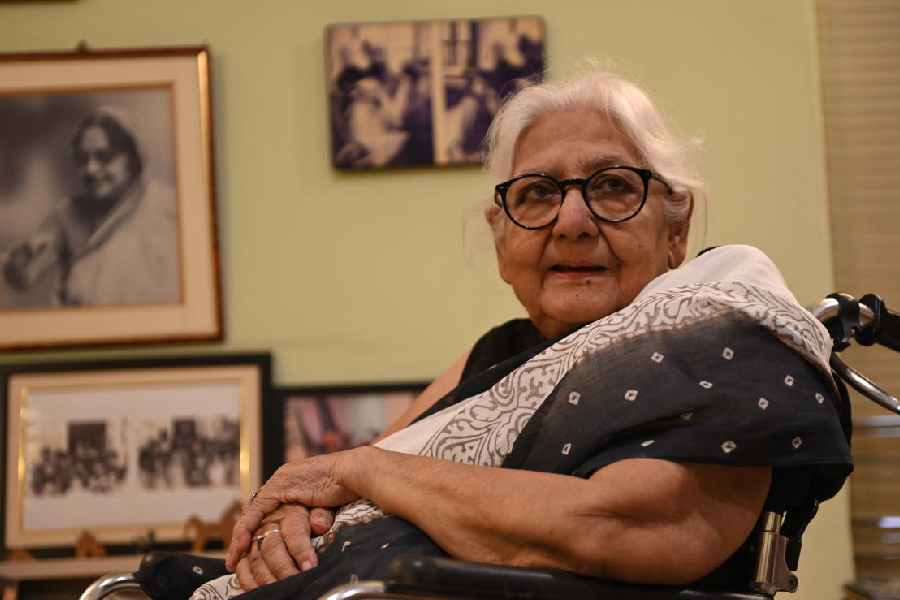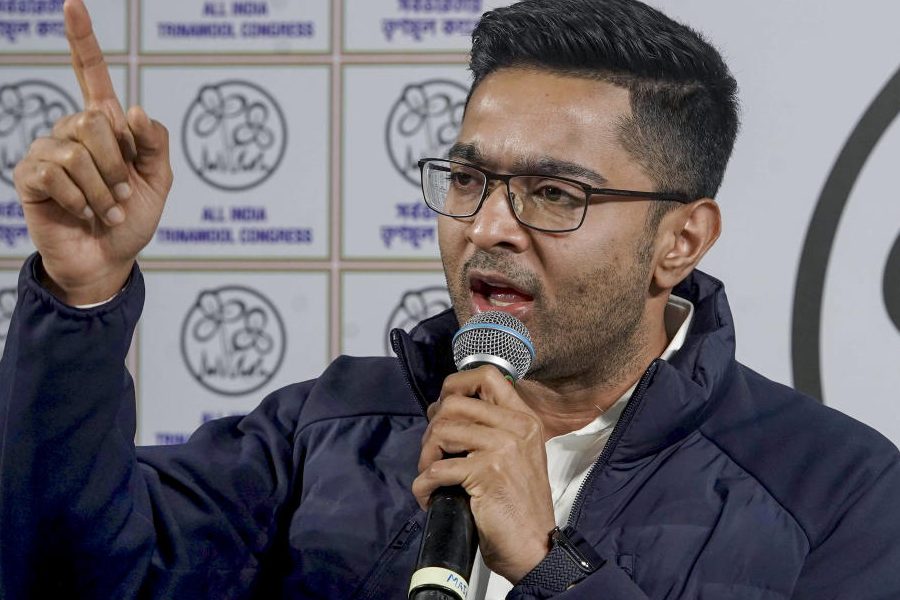She never wanted a nine-to-five job for herself, but she has helped hundreds of working mothers keeping such hours by ensuring that their children were well looked after while they were away from home.
“In the 1970s, refugees were coming to Calcutta in huge numbers. They were financially broken, they were in distress. So there was a sudden jump in the number of women going out to work and earn,” says Madhusree Dasgupta, 91, who is the founder of the oldest running creche in Calcutta. She continues, “The joint family system was breaking down. The children of these working mothers had to grow up in makeshift, less-than-ideal arrangements.” There were disturbing articles in the newspapers almost every other day about children suffering at the hands of inexperienced caregivers.
As social orbits go, Dasgupta herself belonged to a different one, as compared to these mothers. She was the daughter of Bengali poet, litterateur and Tagore protégé Maitreyi Devi. Her maternal grandfather was the Sanskrit scholar and philosopher Surendranath Dasgupta. Her father Manmohan Sen was a scientist. She had grown up in Mungpoo near Kalimpong where her father was posted and though she had never attended regular school, she eventually graduated from Lady Brabourne College in Calcutta. She was married to Manoranjan Dasgupta, an entrepreneur, and had travelled the world.
The thing about social orbits is that barring cushions here and there, the human condition is not too different. Dasgupta of the 1970s could empathise with the middle- and lower-middle class working mothers. She wanted to start a creche for them. By way of infrastructure all she had was one floor of the
family home in south Calcutta. She advertised in the newspaper, basically something to say if you want to leave your child in safe hands, this is the address.
The creche began with just two children in 1972.
She called it Dolna, meaning cradle in Bengali.
Dasgupta’s mind is as active as ever, her memories lush, only her body is confined to the wheelchair. She speaks about the early years of Dolna, her own familial commitments, the fact that she lived in a joint family with her in-laws, and of course, all the children who have grown up in her care. “I am still in touch with Roll No. 1,” she says.
Dasgupta had read about how working mothers used to leave their children in creches in Russia and China. “During my Europe tour, I visited a creche in Switzerland. Children were sleeping in drawers. The floors were spick and span, not a speck of dirt anywhere, but it was so suffocating. Children are meant to be messy,” she says.
Dasgupta wanted Dolna to be a space where children could be themselves, where they could play, sing, dance, learn and find a home away from home.
The day would start with music. “Even the 10-month-old would clap away happily,” says Dasgupta. “Aunty Mashi was not always strict. She wanted us to enjoy our time in Dolna school and creche too,” says Trinanjan Mitra, 48. “Aunty Mashi”, the curious moniker that Dasgupta is stuck with, also conveys her achievement, a knitting of the formal and the informal, school and home.
A lot of Dasgupta’s pedagogical ideas were possibly born of her own experience of being home-schooled by her mother. Maitreyi Devi had opened an orphanage, Khelaghar, but that’s another story.
Some of the mothers of Dasgupta’s students remember her as also taking care of them. “And yet she never told a mother what to do, nor did she judge them,” says Dheera Palit, mother of Khounish Palit who joined the creche when he was five months old and stayed on till he was 16. From what Dheera says, the cues — if at all they can be called cues — were non-verbal and subtle.
Throughout this interview, Dasgupta has a smile pinned to her face. Perhaps it comes from long years of working among children. Or it could well be that she has always been this way and that is why she could work with children.
She is big on gestures of warmth and affection, especially the feeding kind. A former student recalls that she would often cook for the children at Dolna though the children were required to bring lunch from home.
A former staffer adds how Dasgupta would start the day in her neatly pleated saree, but by day-end it would be crumpled beyond imagination, her cheeks and hands would be sticky from playing with children.
“It was fun,” says Dasgupta. Another student recalls how Aunty Mashi was forever handing out sweet treats, mouri lozenges to be more specific.
Dasgupta’s smile widens when she hears this. She says, “You never have to give big things to children.”











